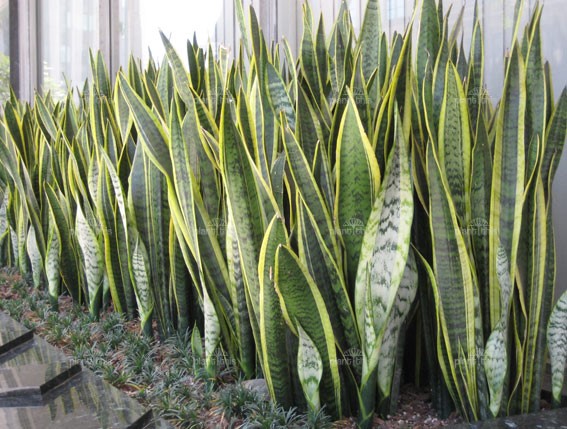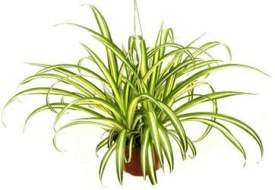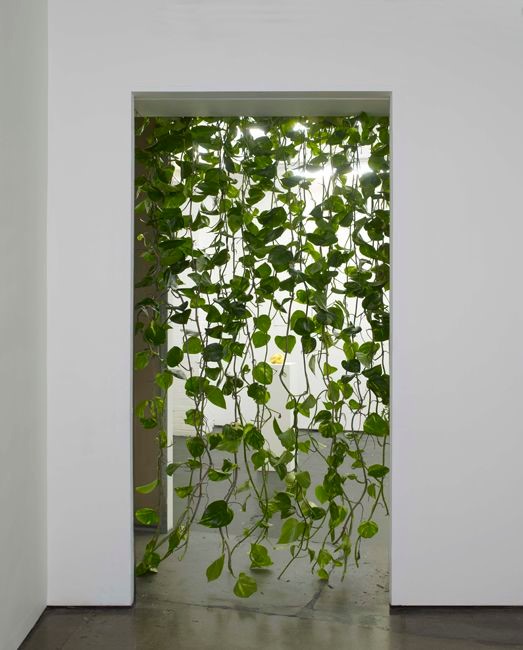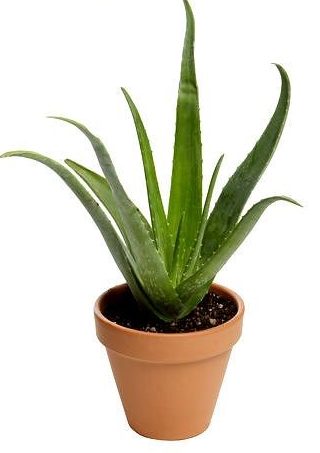Freshening Up That Stale Winter Air
3R 3 Minute Green Read
What is the quality of stagnant, indoor air; how does this air affect us; and how can we offset these problems? The solution is indoor plants.
(Pittsburgh PA, 11/4/2016) – As temperatures continue to decline this winter, we are sealing up windows and installing draft blockers, putting on more layers, and cranking the thermostat. Anything to keep the cold air out and the warm air in. But this produces an interesting set of questions: What is the quality of stagnant, indoor air; how does this air affect us; and how can we offset these problems? The solution is indoor plants.
Symptom: Sick Building Syndrome
Recent studies, such as one form the American Society for Horticultural Science, suggest that people in highly industrialized nations spend up to 80-90% of their time indoors. This time can be divided between the home and the workplace. In office buildings, there is a myriad of office supplies, such as printers and copiers, which have potential to off-gas, or emit, volatile organic carbons. And let us not forget the constant exhaling of carbon dioxide by office workers.
The largest potential threat is the ever-present ground level ozone that plagues our cities. Emissions from cars, buses, and construction equipment combine with sunlight to create this noxious gas. While helpful in our upper stratosphere to reflect harmful radiation from the sun, ground level ozone can irritate and inflame one’s lungs and worsen pre-existing conditions, such as asthma or bronchitis. This air travels into office buildings where it can persist and cause health problems for workers.
According to the WELL Building Standard, these toxins can accumulate and lead to lower productivity and Sick Building Syndrome (SBS). While no disease specifically is linked to SBS, acute symptoms arise from time spent in the affected building and can range from fatigue and headache to eye, skin and airway irritation.
So what is a cost-effective way to combat these issues? Plants!
Plants as a Natural Filter
Just as Earth relies on biotic systems to filter out harmful toxins from the atmosphere, we too can manage stagnant indoor air through the same means. Photosynthesis is a tool plants use to make fuel, and in doing so, uses up a good amount of atmospheric carbon. Placing plants around an office can purify the surrounding air, creating a healthier and more desirable workplace. NASA has done several studies to determine the efficacy of plants air-purifying qualities in confined spaces, which conclude that plants and microorganisms in the potting soil can successfully remove organic carbons, such as benzene, from an enclosed space. Another study conducted by Penn State found that plants in an enclosed chamber can remove harmful ozone from the air. Placing plants in poorly ventilated areas can purify the stagnant air of an office, especially in these cold, closed-window months.
Symptom: The Winter Blues
Speaking of cold, closed-window months- has your office been a little sluggish lately? Can’t seem to shake that morning haze? Well not to worry, many people undergo mood changes during the winter. Lack of sunlight can lead to chemical imbalances in the body that have unwanted emotional effects, many of which take physical tolls on the overall health of the occupant. That sounds a little bleak, but much of this can be properly managed through simple fixes that will spruce up your indoor environment- all while greening your mood.
What in the world can spruce up a room all while making it green? You guessed it- plants!
Plants as a Stress Reducer
Indoor plants not only filter and clean the air, but have been shown to alleviate stress in the workplace. Fluorescent lighting and freshly vacuumed carpets can give the office a sterile feel. Adding indoor plants to joint work spaces can create a feeling of ease and relaxation. The WELL Building Standard suggests, “potted plants or planted beds cover at least 1% of floor area per floor.” The standard also recommends “a plant wall per floor, covering a wall area equal to 2% of the floor area.” These accommodations can improve worker morale and overall happiness, thus increasing worker efficiency.
The Perfect Indoor Plants
Here are some plants that are not only easy to grow and maintain, but are especially effective at filtering indoor air quality. All of these plants, through photosynthesis, transform carbon dioxide into oxygen. These plants have
the added bonus of absorbing other air pollutants.
- Snake Plant Sansevieria Trifasciata Laurentii

- Golden Pathos Scindapsus Aures
The golden pathos plant is a hanging vine and, if hung up high, can create a wall of green. These plants can stay green even after being left in the dark for long periods of time and can filter f
ormaldehyde out of the air.
-
Aloe Vera Aloe Barbadensis Miller
Aloe is almost hard to kill, so disregard any worries you have about keeping it in the office. Aloe is also effective at removing benzene and formaldehyde that can be byproducts of off-gassing from printers or paints. This plant will grow as big as the pot it is in, which makes it a perfect desk plant or a large common-area centerpiece.
- Spider Plant Chlorophytum Comosum

By RUSSELL THORSEN & NICHOLAS RUBENSTEIN
Publication of 3R, LLC

 Aloe Vera Aloe Barbadensis Miller
Aloe Vera Aloe Barbadensis Miller